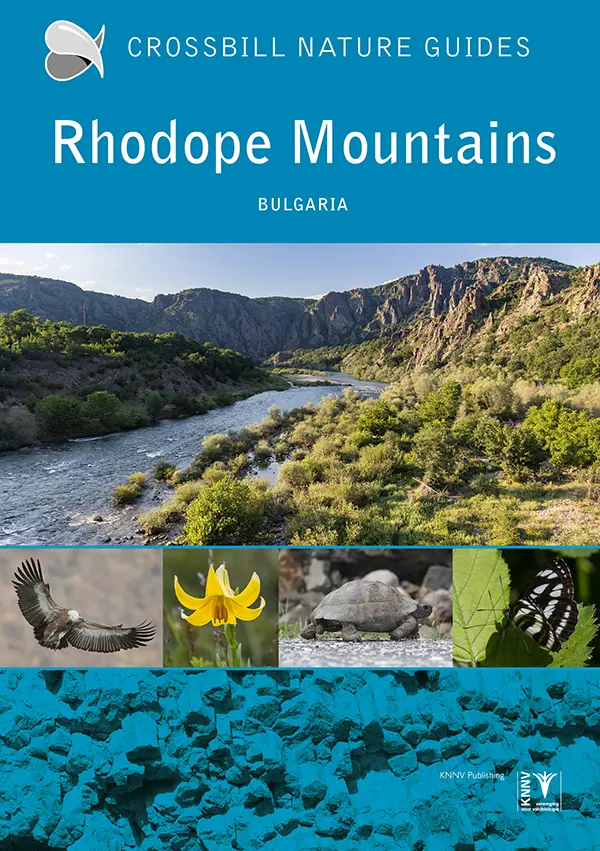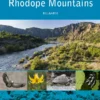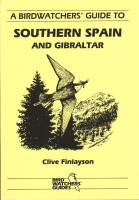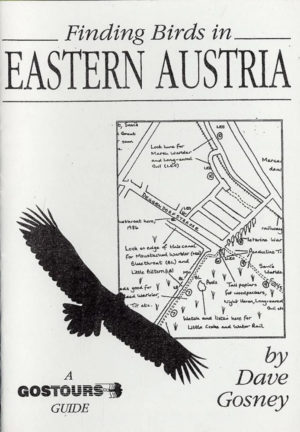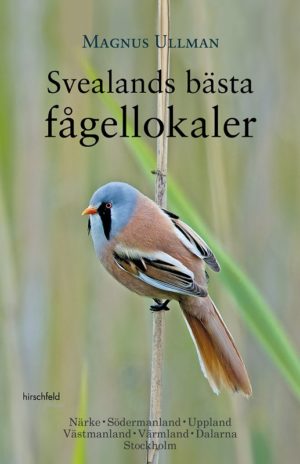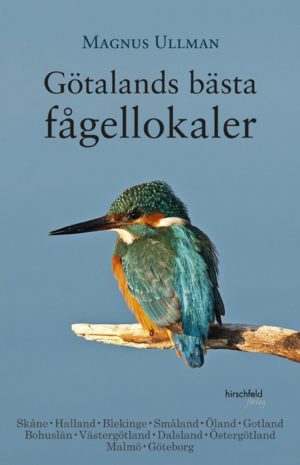Crossbill Guides Rodope Mountains 2 print utgitt i 2023.
Forlagets omtale
This nature travel guidebook to the Rodope Mountains of Bulgaria contains routes and background info on landscape, flora and fauna.
- Landscape history
- Ecosystems
- Geology
- Flora and Fauna
- Where to watch birds
- Finding mammals, reptiles, butterflies, dragonflies and wildflowers
- 24 detailed routes with tips for finding wildlife and 20 site descriptions
Region covered by this Crossbill Guide
The Crossbill Guides Rodope Mountains covers the Bulgarian part of the Rhodope Mountain chain that forms the border with Greece. The Rhodope Mountains are often considered to contain two parts, a high and very green western and a lower and drier eastern part. Both are covered in this book. Additionally, there are two other areas included in the guide: the wide lowland valley of the Maritsa river, where the large cities of Plovdiv, Kaskovo and Svilengrad are situated and through which the motorway runs between Bulgaria’s capital Sofia and Turkey’s capital Istanbul. The final area covered in this book is the small mountain range of Sakar, which lies just east of the River Maritsa and the border with Turkey. This is a dry region with a steppe-like landscape.
The Crossbill Guide Rhodope Mountains is a thorough and practical guide for birdwatchers, naturalists and nature lovers. It offers background information, routes and site descriptions, plus tips on finding and watching all kinds of wildlife. Each route offers detailed descriptions of where to find wildlife and wildflowers. The book offers a mix of walking routes and car itineraries with stops and short walks. Although some are challenging, all the walks in this book are designed to explore the landscape and find birds and wildlife rather than simply covering ground.
About the Rhodope Mountains
The Rhodopes are a mountain range with a dual character. The western part is heavily forested with coniferous forests (spruce, fir and pine) on the higher slopes, beech in oak in the lower parts. It is a wild and sparsely inhabited range where Wolves, Brown Bears and Chamois occur.
The Eastern Rhodopes by contrast, are a little lower, but above all much drier. The climate is much more continental and the vegetation more open, with a mix of open oak woodlands, scrubland and dry, flowery grassland. In particular the Eastern Rhodopes is famous for its splendid birdlife with a mix of Mediterranean, Eastern and Central European species.
The lowlands to the north are fertile and dominated by agricultural land with large rivers and small wetlands, but also steppe-like grasslands. These latter are especially frequent around in and around the Sakar hills, which are another hotspot of eastern and southern wildlife.
For more information on the Bulgarian Rhodopes, visit our Wildlife Site Pages on the Eastern Rhodopes
About the author
Dirk Hilbers (NL, 1976), set up the Crossbill Guides Foundation and travels Europe to research the guidebooks. Dirk worked on the first version of this guidebook, together with the Alex, Albert and Herman, and wrote the current version in close collaboration with Stefan Avramov and Polihron Karapachov of Rewilding Rhodopes. As a biologist, when not in the field, Dirk Hilbers is a free-lance writer and lecturer in the field of environmental ethics.
Alex Tabak (NL, 1976) is an ecologist specialised in field surveys of flora, vegetation, reptiles/amphibians and butterflies. He works partly in the Netherlands, and partly in Greece.
Albert Vliegenthart (NL, 1975) works at de Vlinderstichting – the Dutch butterfly conservancy, and is specialised in butterflies and dragonflies, in addition to being a keen birdwatcher.
Herman Dierickx (BE, 1958) is an author who has specialised in writing articles on environmental issues, nature and nature conservation in Belgium.
